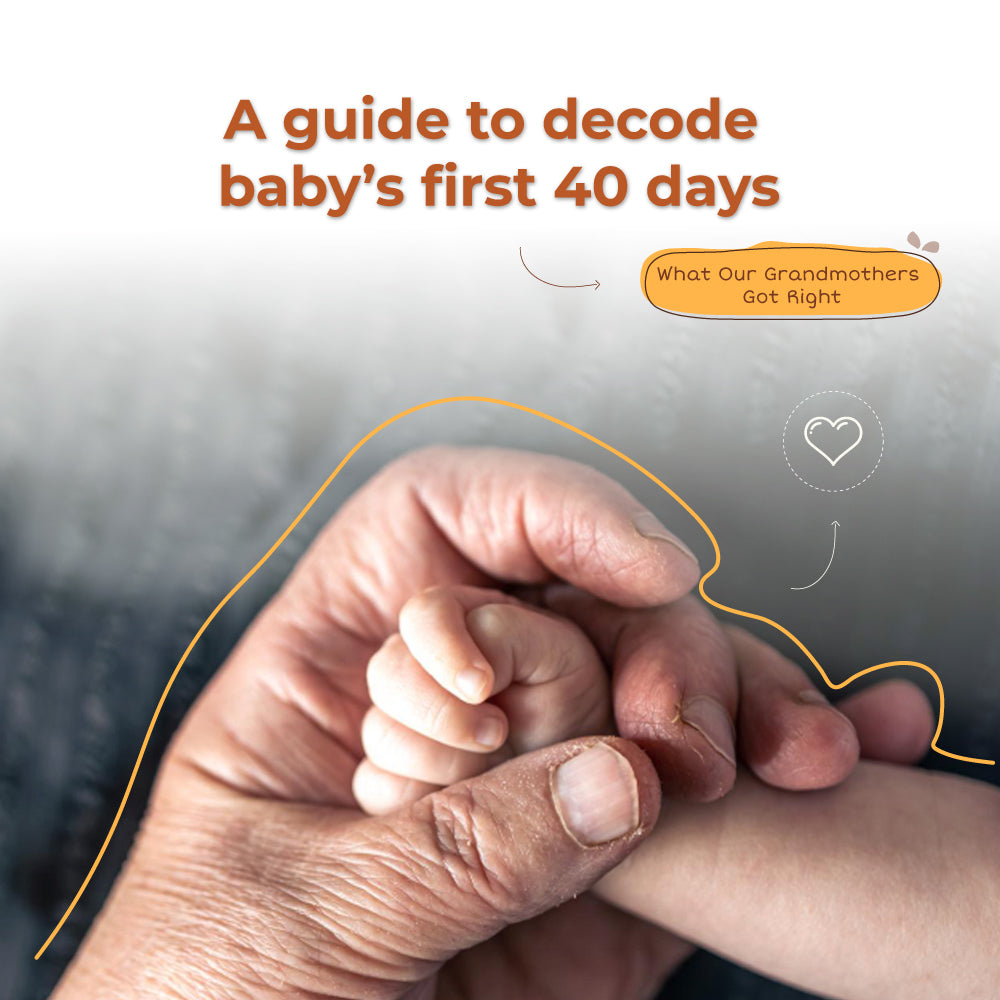
The Science of Baby Sleep Cycles: How to Help Your Baby Sleep Better
Sleep is a fundamental part of a baby’s development, yet many parents struggle to understand why their baby wakes up frequently or has difficulty settling. Understanding the science behind baby sleep cycles can empower parents to create an environment that fosters better rest for both babies and themselves. This guide will break down baby sleep patterns, challenges, and expert-backed tips to improve sleep quality.
Understanding Baby Sleep Cycles
How Baby Sleep Differs from Adult Sleep
Babies sleep in shorter cycles compared to adults. While an adult sleep cycle lasts around 90 minutes, a newborn’s sleep cycle is approximately 50 minutes. Babies also spend more time in rapid eye movement (REM) sleep, which is lighter and more easily disrupted. Understanding the newborn sleep schedule is crucial for helping parents set realistic expectations.
The Four Stages of Baby Sleep
-
Drowsiness: The transition phase where the baby starts to drift off.
-
Active Sleep (REM): Light sleep where dreams occur, and babies may twitch or make sounds.
-
Quiet Sleep (Non-REM): Deep sleep, crucial for growth and brain development.
-
Brief Awakenings: Babies naturally stir between cycles, sometimes fully waking up.
Tips to Consider:
-
Establish a bedtime routine to signal sleep time.
-
Use white noise to mimic womb-like sounds.
-
Keep nighttime interactions minimal and soothing.
Common Baby Sleep Challenges and Solutions
Frequent Night Wakings
Babies wake often due to hunger, discomfort, or needing help transitioning between sleep cycles. Newborns especially require frequent feedings due to their small stomachs. Infant sleep patterns can be unpredictable, leading to disrupted sleep for both baby and parents.
How to Manage:
-
Ensure your baby is well-fed before sleep.
-
Teach self-soothing techniques like a pacifier or gentle rocking.
-
Keep nighttime feedings quiet and dimly lit.
Day-Night Confusion
Newborns may mix up their days and nights, sleeping more during the day and waking frequently at night.
How to Fix It:
-
Let your baby experience sunlight during the daytime.
-
Engage in active playtime during waking hours.
-
Keep nighttime interactions calm and quiet.
Short Naps
Babies often take brief naps due to difficulty transitioning between sleep cycles. Sleep regression in babies can also affect daytime naps and overall sleep duration.
Solutions to Extend Naps:
-
Try the “wake-to-sleep” method—gently rousing the baby before transitioning.
-
Install light-blocking curtains to maintain a dim sleeping space.
-
Offer a nap-friendly routine with consistent times.
Sleep Training Methods: Finding What Works
1. The Ferber Method (Gradual Cry-It-Out)
-
This involves letting the baby self-soothe for progressively longer intervals before checking in.
-
Works well for babies over 6 months.
-
Helps babies learn to fall asleep independently.
-
Requires consistency for success.
2. The Chair Method
-
Parents stay in the room while gradually increasing their distance from the baby each night.
-
A gentle approach with parental presence.
-
Helps babies feel secure while learning to sleep alone.
-
Requires patience as progress may be slow.
3. No Tears Methods
-
Techniques that avoid crying by using gentle strategies like rocking, nursing, or co-sleeping.
-
Best for parents who prefer a responsive approach.
-
Takes longer but builds strong sleep associations.
-
Works well for younger babies.
Creating the Ideal Sleep Environment
1. Optimal Room Temperature
-
A slightly cool room (around 68–72°F or 20–22°C) promotes better sleep.
-
Avoid overheating with heavy blankets or layers.
-
Use a sleep sack instead of loose bedding.
2. White Noise and Sound Machines
-
Consistent background noise mimics the womb environment and blocks out sudden noises.
-
Choose a machine with a steady hum, avoiding jarring or loud sounds.
-
Keep the volume at a safe level (around 50 dB).
3. Darkness and Blackout Curtains
-
Babies sleep better in a dark room, as light exposure can disrupt melatonin production.
-
Use blackout curtains for naps and nighttime sleep.
-
Avoid screens or bright lights before bed.
How Nutrition Affects Baby Sleep
Breastfeeding vs. Formula Feeding
-
Breastfed babies may wake more frequently for feedings, as breast milk is digested faster than formula.
-
Consider a dream feed before you sleep to extend night rest.
-
Introduce solids gradually at around six months to improve satiety.
Avoiding Sleep-Disrupting Foods
-
If your baby is on solids, avoid sugar and stimulants like chocolate before bed.
-
Monitor for food sensitivities that may cause discomfort (e.g., dairy allergies).
The Role of Developmental Milestones in Sleep Disruptions
Babies experience sleep regressions around major developmental leaps, including:
-
4-month regression (adjusting to adult-like sleep cycles)
-
6-month regression (increased awareness of surroundings)
-
8–10-month regression (crawling, standing, separation anxiety)
-
12-month regression (learning to walk)
How to Manage Regressions:
-
Maintain a consistent bedtime routine.
-
Provide extra comfort during difficult phases.
-
Adjust wake windows if necessary to prevent overtiredness.
Signs Your Baby May Have a Sleep Disorder
While frequent wakings are normal, some signs may indicate an underlying issue:
-
Snoring or difficulty breathing (possible sleep apnea)
-
Extreme fussiness despite meeting basic needs
-
Very short sleep durations (less than 8–10 hours in a 24-hour period)
-
Frequent night terrors or sleepwalking
When to Seek Help: If sleep disturbances persist beyond infancy or seem extreme, consult a pediatrician for guidance.
Final Thoughts: Setting Realistic Expectations
Baby sleep is a journey, not a fixed schedule. Some nights will be smooth, while others may be challenging. By understanding the science behind baby sleep cycles and implementing thoughtful strategies, you can set the foundation for better rest.
Key Takeaways:
-
Recognize that baby sleep cycles are different from adult sleep.
-
Establish routines and sleep-friendly environments to encourage restful nights.
-
Be flexible—sleep patterns will change as your baby grows.
-
Seek medical advice if extreme sleep disturbances occur.
With patience and persistence, both you and your baby can enjoy more restful nights and better overall well-being. Sweet dreams!
FAQ
Why is my baby not sleeping deeply?
Babies have shorter sleep cycles with more REM sleep, which is lighter and easily disturbed.
Newborn sleep patterns by week?
Newborns sleep 16–18 hours a day in short cycles, gradually consolidating longer nighttime sleep by 3–4 months.
How to engage a baby during daylight hours to ensure they rest at night?
Increase daytime exposure to light, engage in active play, and limit long daytime naps.
How to change a baby’s sleep routine from daytime to nighttime?
Keep the room dark at night, avoid stimulation, and establish a consistent bedtime routine.
When do babies sleep through the night?
Most babies start sleeping 6–8 hours at a stretch between 3–6 months, but it varies.
When do newborns start sleeping through the night?
Around 3–4 months, but some may take longer based on feeding needs and sleep training.
How to help a baby rest uninterrupted overnight?
Establish a bedtime routine, encourage self-soothing, and ensure proper daytime naps.



















